Why Do We Continue to Clone the MacOS?
Note – In no way, shape or form am I saying anything negative about the distributions listed below. All of them are great distributions, catering to their respective user base looking for specific looks, features and functionality.
helloSystem
I have always wanted to get into a BSD distribution (excluding MacOS). In fact, before I ventured into the world of Linux all those many years ago, I was attempting to teach myself FreeBSD. But alas, Linux took hold and I never looked back. Occasionally, I would dabble with a release of FreeBSD or even PC-BSD (which was renamed to True OS ca. 2017 and shortly thereafter, discontinued).
Anyway, helloSystem looked promising, however, it wasn’t as simple to obtain as downloading an ISO from a public server. In order to get helloSystem, you need to build an ISO from an existing FreeBSD installation. The project provides full instructions here.
Its design follows the “Less, but better” philosophy. It is intended as a system for “mere mortals”, welcoming to switchers from the Mac.
I went through the exercise and it was a timely process. I find it difficult to believe that this would be welcoming to someone transitioning from a macOS environment unless they had a more technical background and were comfortable working in the CLI.
After generating the ISO image, I booted into it from a virtual machine.
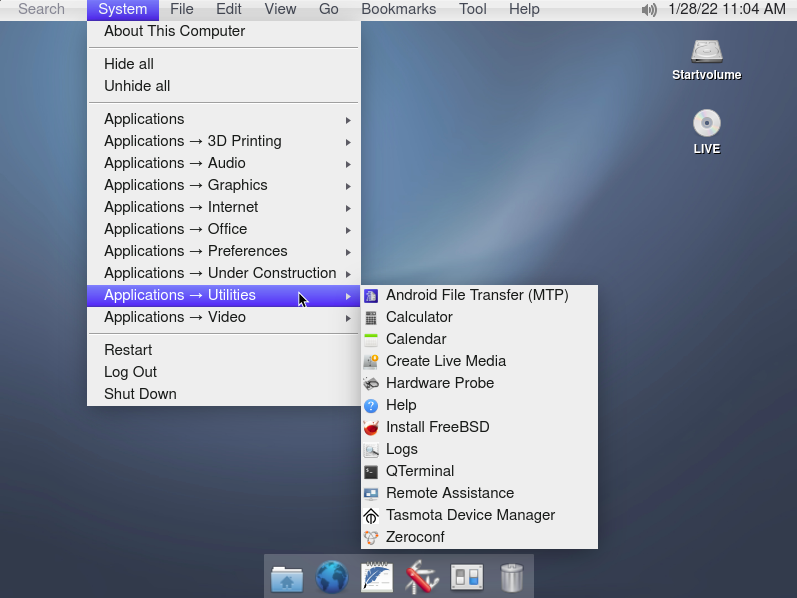
The desktop environment is built on KDE and the general look and feel is macOS-ish. From the dock, to the global menu, to the general simplicity of it all. That was the ultimate goal, right?
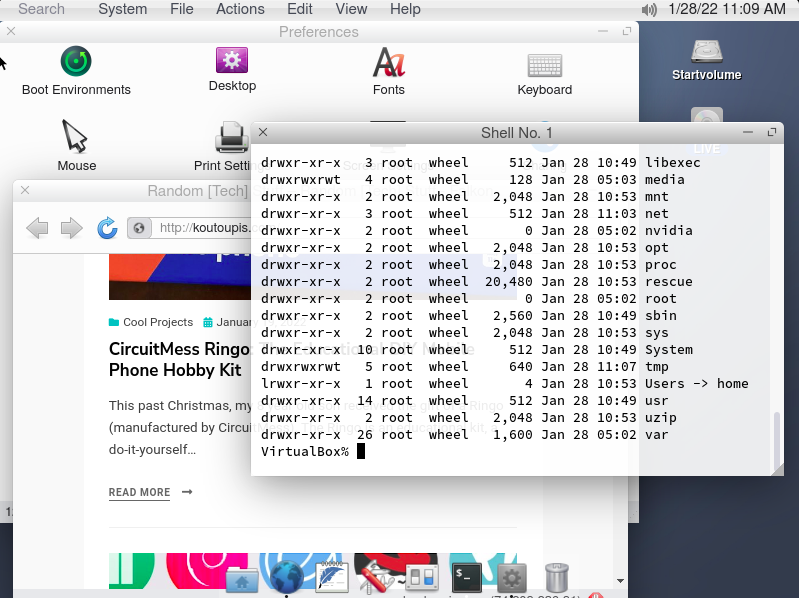
From what I can see, it is still a work in progress. There are many components that are under construction (i.e. disk utility, display manager, etc.) and as far as I can tell, it only runs from a Live image. I did not see an option to install locally on my hard drive, unless I overlooked something (which is possible). You also log in without credentials, which for a Live image, is not as concerning. I do hope that this changes by the final stable image.
I imagine that as the project progresses, it will look and feel closer to what it aspires to be and that it will be more accessible. The project has promise and I look forward to seeing how it matures in the future.
airyxOS
Another interesting project built on top of FreeBSD is airyxOS.
We love macOS, but we’re not a fan of the ever-closing hardware and ecosystem. So we created airyxOS — an OS aimed to provide the finesse of macOS with the freedom of FreeBSD.
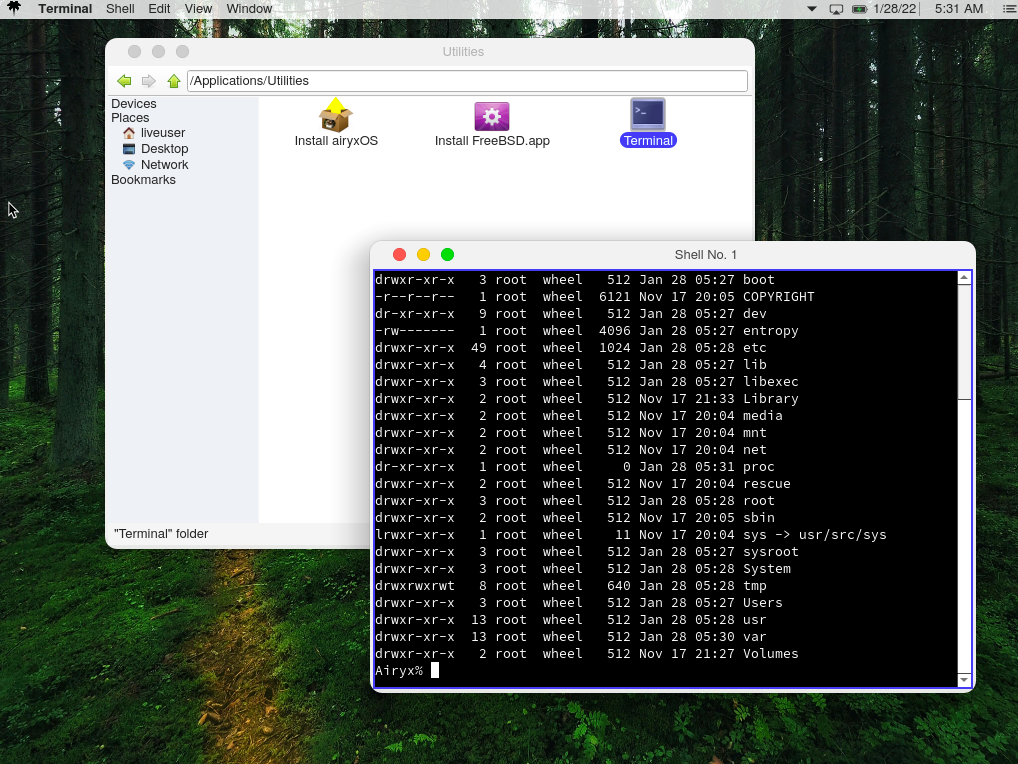
General look and feel: airyxOS looks great. Very macOS-ish, although I am definitely missing the dock. Sure, I can probably install one from a package repo but it would have been nice to see one out-of-box.
I did not spend much time playing around with this distribution because just like helloSystem, it still feels like a work-in-progress. And like helloSystem, I look forward to seeing how this project matures.
CutefishOS
CutefishOS is built on Ubuntu and is designed with the primary goal of being easy-to-use and look elegant while using it. It is currently in beta and the developers are very hard at work to live up to their goal. With a desktop environment built on KDE as well (a common theme here), users will get the same general look and feel as the previous distributions.
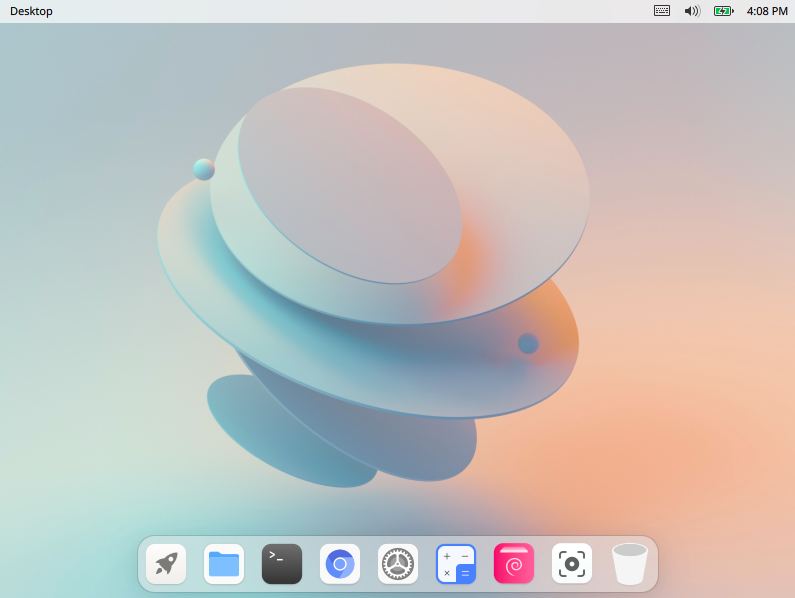
Similar to that of iOS, management options are consolidated into simple menus.

And while I was running the operating system in a virtual machine, I did notice that the developers incorporated a global menu but it does not seem to be consistent with all applications. I am sure that in time, this will get addressed.
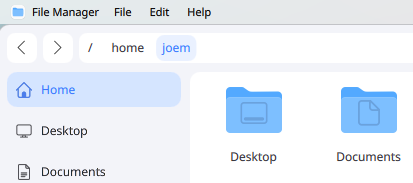
Honorable Mentions
It is difficult to mention *nix distributions inspired by macOS and not mention Ubuntu’s Unity, the once flagship desktop environment for Canonical’s Ubuntu distribution before eventually switching to GNOME 3. The Unity desktop environment has since been forked and is currently being maintained here. It is not affiliated with Canonical.
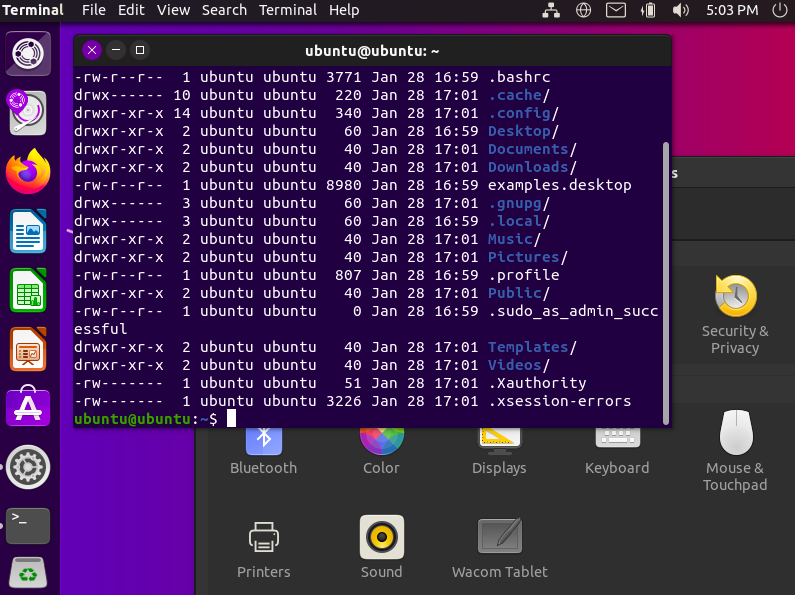
In the early days of Unity, Mark Shuttleworth explicitly modeled the desktop environment after macOS, advertising elegance and simplicity. Do not misunderstand, Unity looked really nice and part of me is disappointed that Canonical abandoned it. It may not have been an exact clone but if one were to transition from macOS to a Unity desktop, I imagine that it would have gone somewhat smoothly.
Another similar desktop that comes to mind is Budgie.
Why Replicate the macOS?
So, back to the original question: Why do we continue to clone the MacOS?
When we think of simplicity and elegance, are we, as a community, out of original user interface ideas? Enough so that we must replicate what is already out there and established?
![Random [Tech] Stuff](https://koutoupis.com/wp-content/uploads/2022/01/koutoupis-logo-3.png)
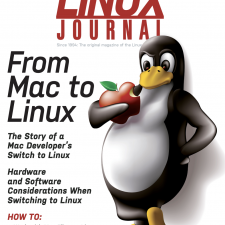
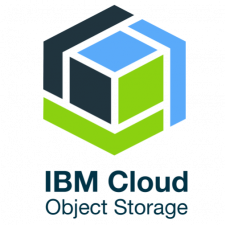
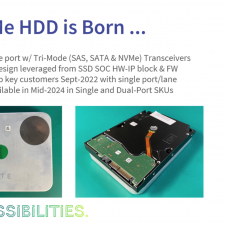
You are wrong about helloSystem – it can already be installed on the hard drive. Version 0.7 has already been released, and before it was 0.5.
Thank you very much for your response. I stand corrected. I must have overlooked that detail in the Live OS. Either way, I look forward to seeing the project continue to mature.
Me as well
Elementary is a nice macOS clone if that s what you are into.
I agree! I should have added it to the list.
RISC-OS got it just about perfect, which is why the Windows 95 desktop was a clone of it. Just give me a bottom bar, dock my open windows and a start menu to it, and then get the heck out of the way.
You weren’t kidding. That desktop environment does take me back although I have never had the opportunity to take RISC OS for a spin. I see that they have RPi builds. Maybe now is my chance.